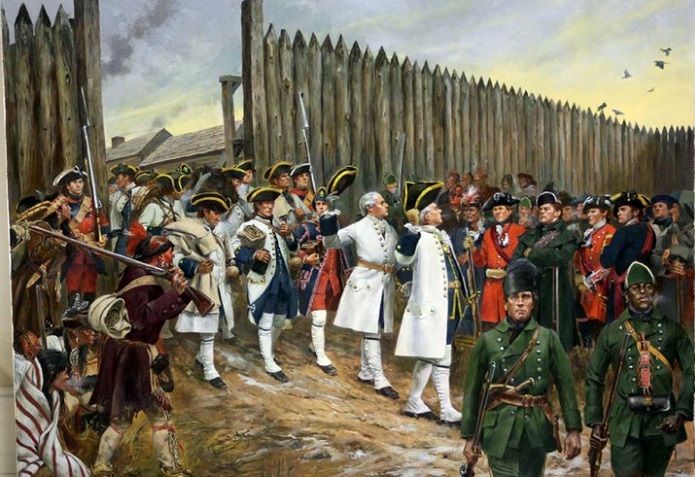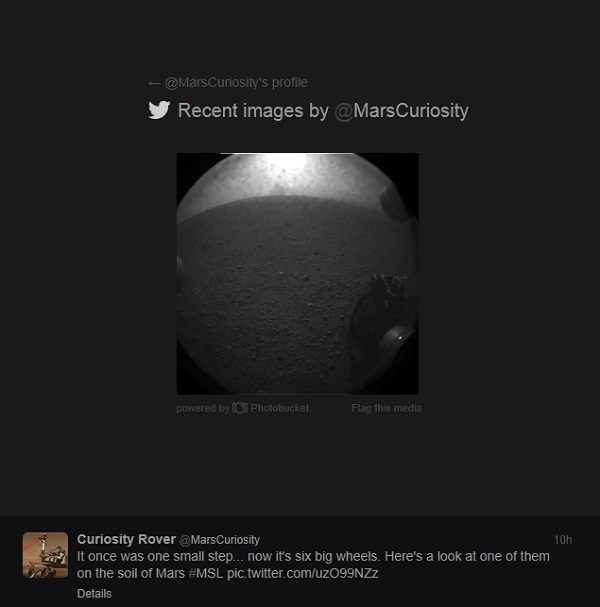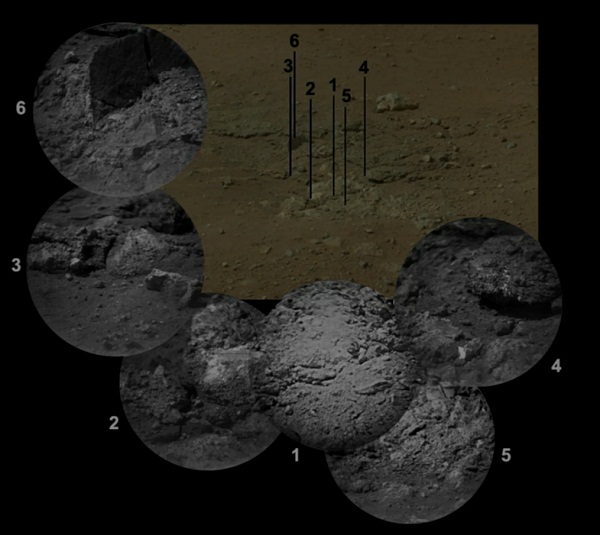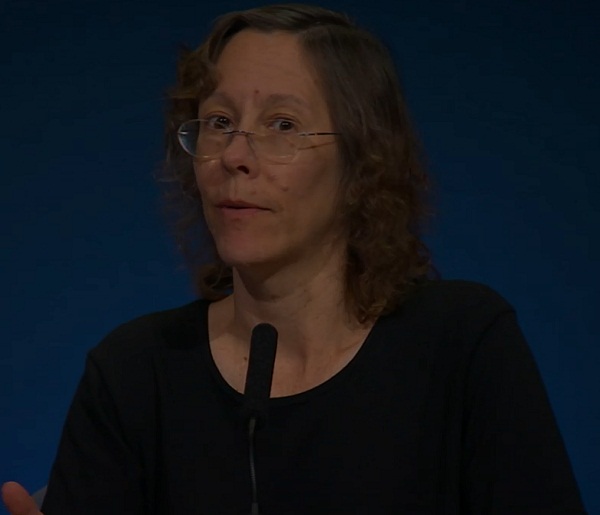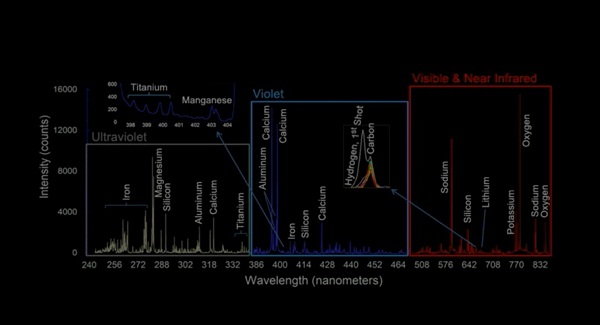As the civic holiday some refer to as Simcoe Day approaches, I wish to shine light on Upper Canada’s first lieutenant-governor.
Born Feb. 25, 1752, in England, John Graves Simcoe, although best known as lieutenant-governor, was also a member of British Parliament, colonial administrator, army officer, and commander of the Queen’s Rangers during the Revolutionary War.
Largely comprised of Loyalists and deserters from George Washington’s army, the Queen’s Rangers were named in tribute to Queen Charlotte, the wife of King George the Third. As a 400-man elite fighting force, established during the Seven Years War (1756-1763), they trained in woodcraft, scouting and guerilla warfare. Simcoe didn’t follow the protocol of the time of strict and rigid maneuvers. The Rangers wore green uniforms for camouflage, depended on speed and surprise, and were known to defeat forces three times their size.
Simcoe took time from the war to pursue a young lady named Sarah “Sally” Townsend. On Feb. 14, 1779, he sent her a poem in which he extolled her beauty and his love for her – the first recorded Valentine’s Day letter in North America.
That year Simcoe was ambushed by rebels, captured and imprisoned in New Jersey. He was treated harshly and his one attempt at escape was foiled. He was finally released on the signature of Benjamin Franklin as part of a prisoner of war exchange.
Following the defeat of the British at Yorktown in 1781, Simcoe spirited the Queen’s Rangers colours to England. Today they are on display in the officers’ mess of the Queen’s Rangers at Fort York, Toronto.
Simcoe returned to England, married Elizabeth Posthuma Gwilliam and was elected Member of Parliament for the borough of St. Maws, Cornwall.
On Sept. 12, 1791, Simcoe was appointed lieutenant-governor of the newly-created Upper Canada.
With his appointment, Simcoe had a goal to develop Upper Canada as a model community with aristocratic and conservative principles, and to demonstrate the superiority of these ideas in contrast to the Republicanism of the United States.
He opened the first elected parliament in what is now Ontario 225 years ago on Sept. 17, 1792. He is credited for installing British common law, trial by jury, the standardization of weights and measures and the establishment of Ontario’s system of municipal government.
In 1793, under Simcoe, the assembly passed the first act against the importation of slaves in the British Empire. Slavery had completely ended in Upper Canada before it was abolished in the British Empire as a whole in 1834.
Simcoe realized Newark was an unsuitable capital because it was on the border and open to attack. He suggested moving the capital to a defensible position, named the location London and renamed its main river the Thames. This proposal was rejected, but Simcoe’s second choice, the present site of Toronto, was accepted. The capital was moved there in 1793 and renamed York.
The Queen’s Rangers were revived and Simcoe had them begin construction on Yonge Street.
Simcoe returned to England for health reasons in July 1796 and died there on Oct. 26, 1806.
Over two centuries later, many refer to the Civic Holiday in August as Simcoe Day. Attempts to give Simcoe Day provincial recognition has failed.
To celebrate Ontario’s 225th; visit my web site at www.tobybarrett.com to test your knowledge of our province.

